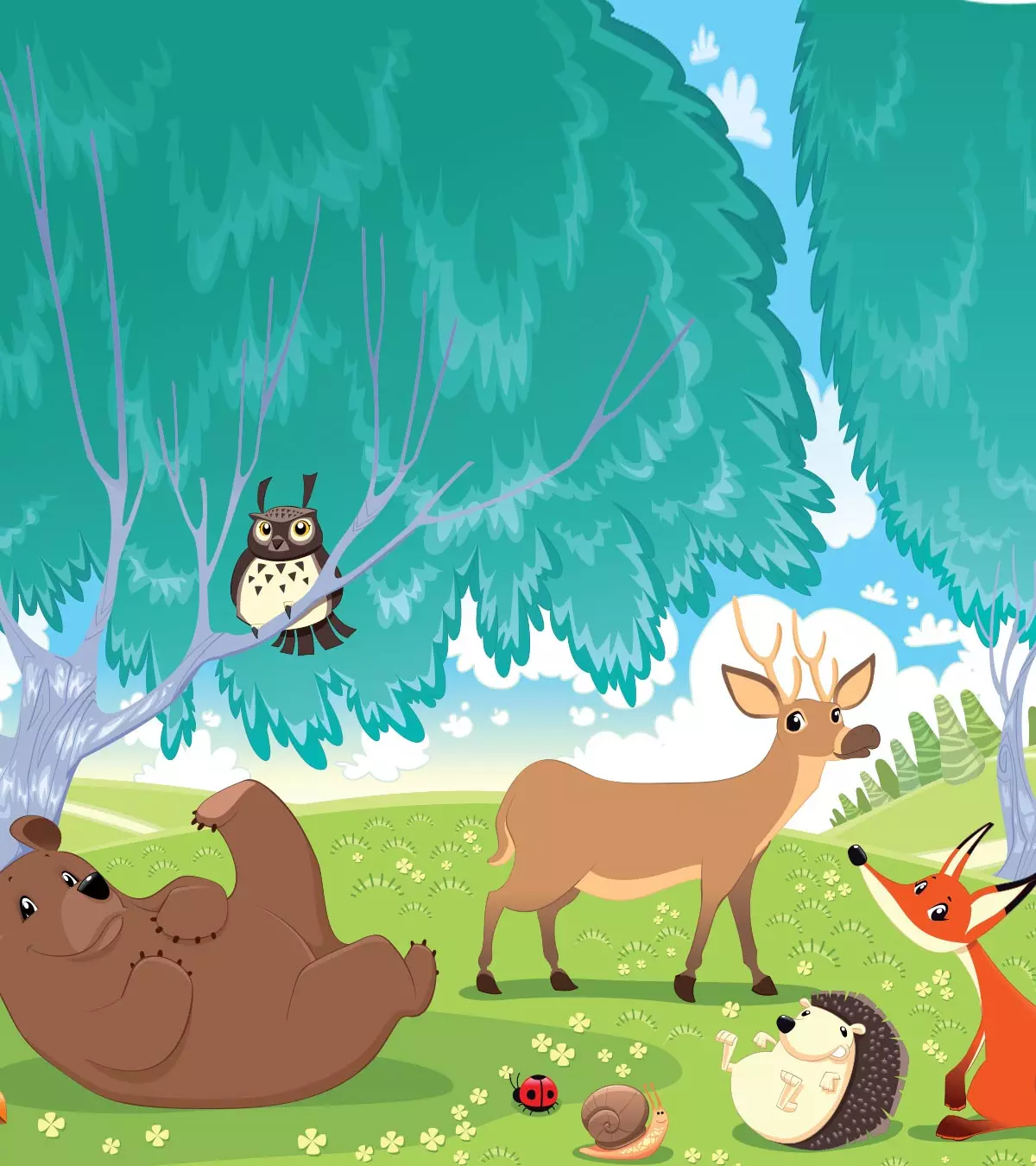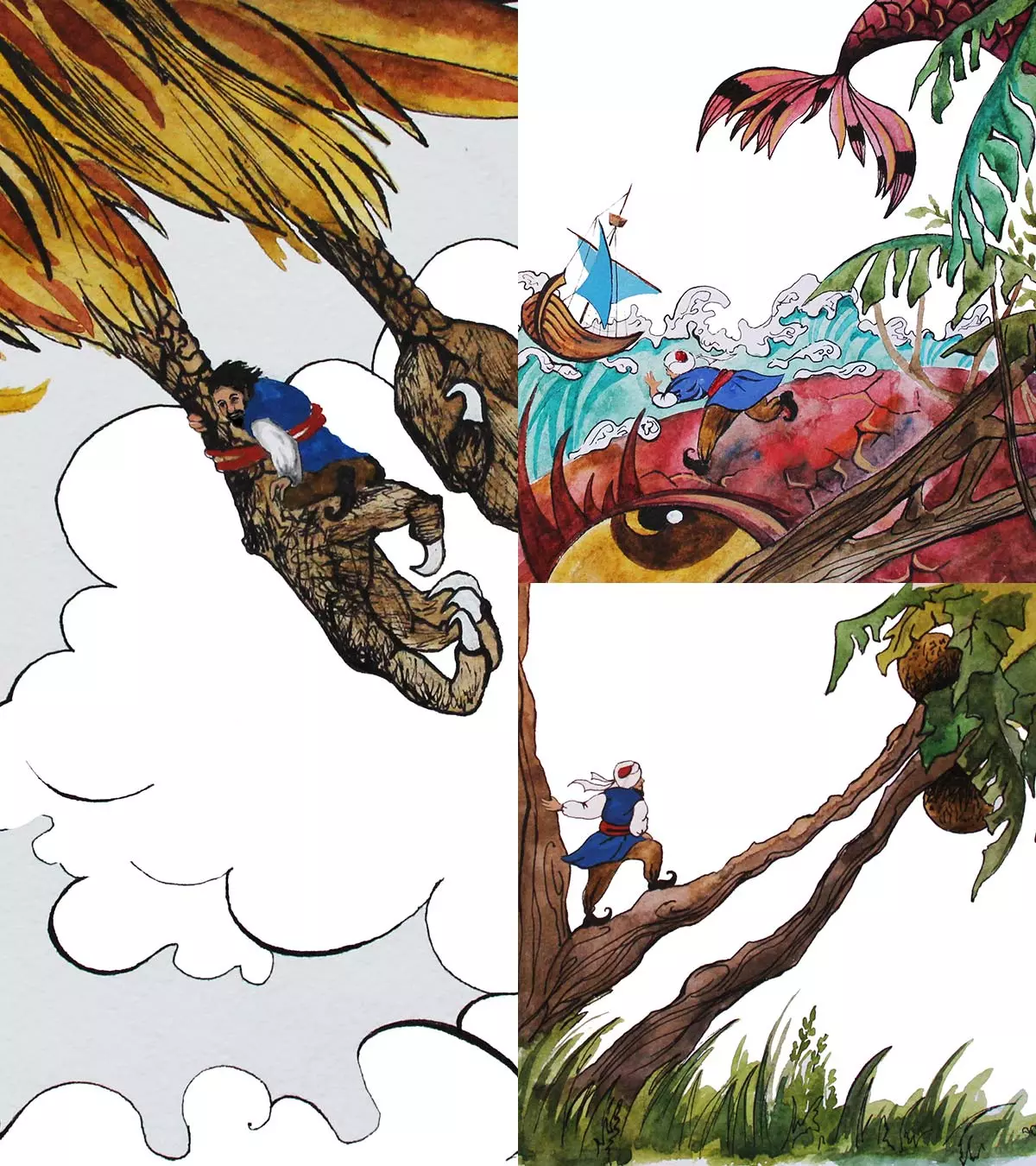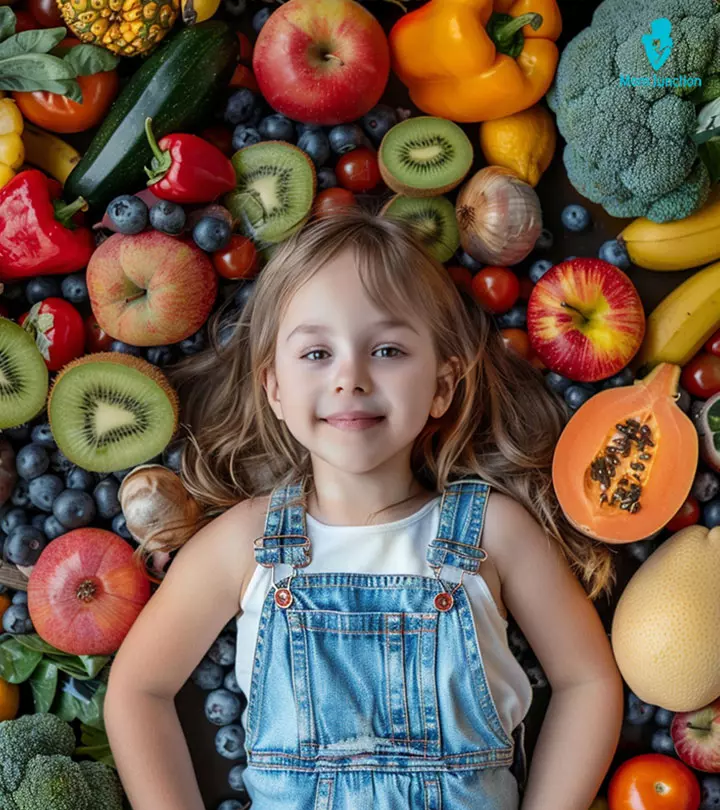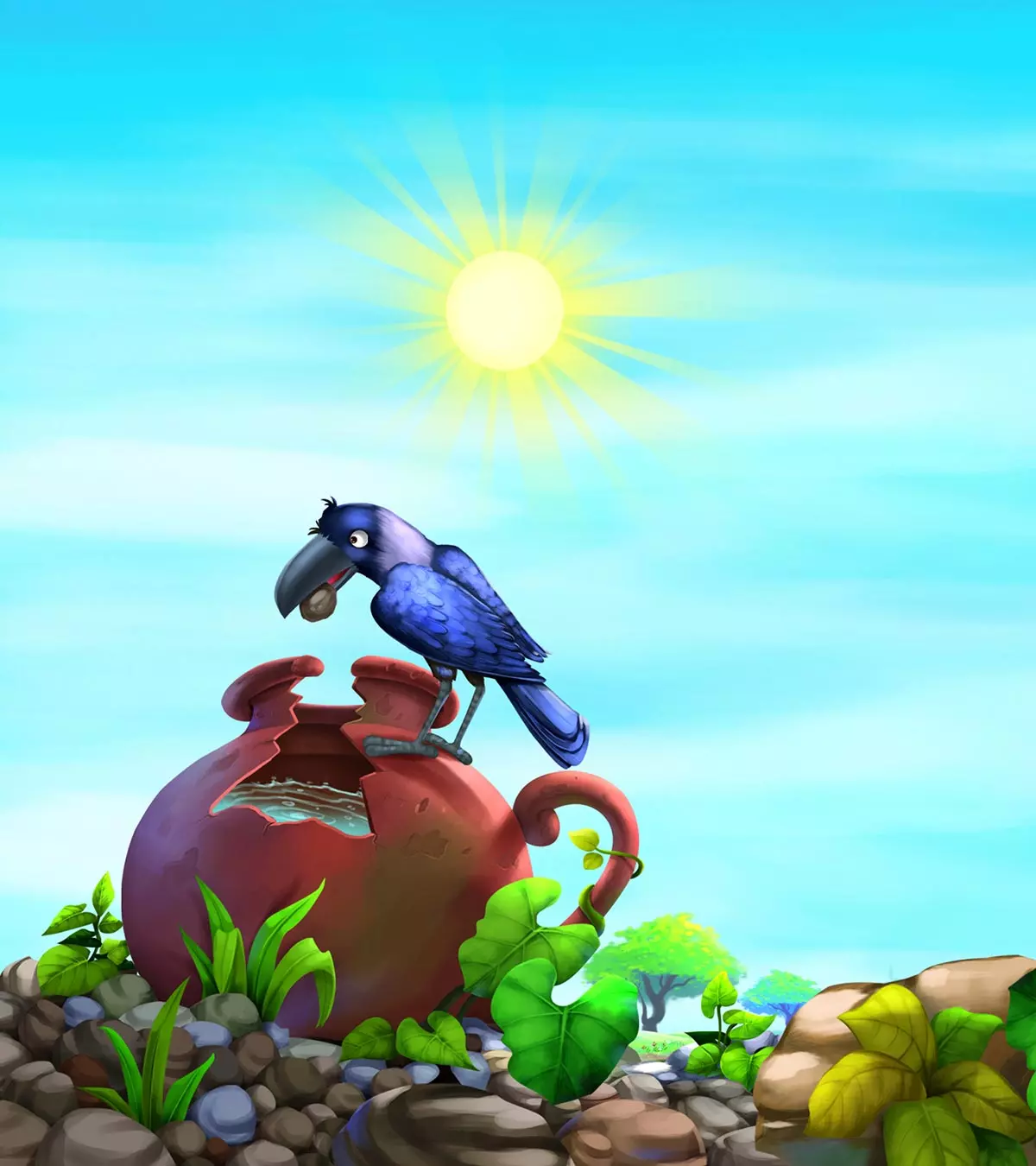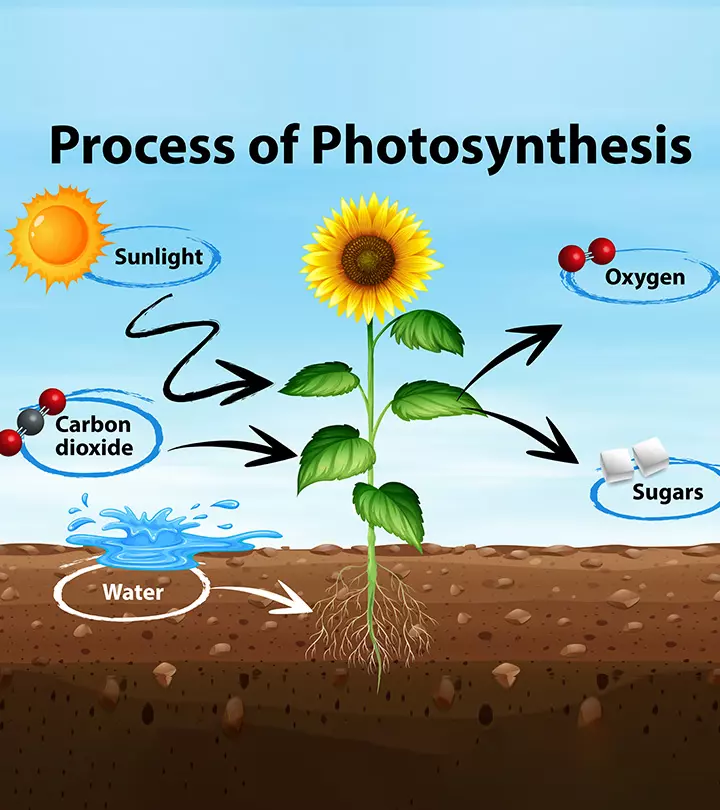
Image: Shutterstock

Key Pointers
- Photosynthesis is a fascinating process that children understand better with diagrams and step-by-step procedure.
- Sharing interesting facts about excess sugar is stored in roots and how photosynthesis takes place in less than 30 seconds can make the learning easy and fun for them.
Did You Know Plants Make Their food? Wondering How?
Photosynthesis is not just essential for plants; it is the foundation of life on Earth, providing oxygen and food for nearly all living organisms. Understanding this process helps us appreciate the interconnectedness of life and the importance of plants in our ecosystem. To introduce the process of photosynthesis for kids, you should make them understand its meaning and benefits. Let us begin with the photosynthesis definition. Photosynthesis is a term formed by ‘photo’ and ‘synthesis.’ ‘Photo’ means light, while ‘synthesis’ means producing something. It is the process by which plants make their food using sunlight, water, and carbon dioxide. During photosynthesis, plants convert carbon dioxide and water into glucose and oxygen in the presence of sunlight. This oxygen goes into the atmosphere and gives life to other living organisms. The process of photosynthesis makes plants an important part of the ecosystem, without which life on earth is impossible. Read on to learn the definition of photosynthesis, the process in detail, and some interesting facts about photosynthesis for children.
Process Of Photosynthesis
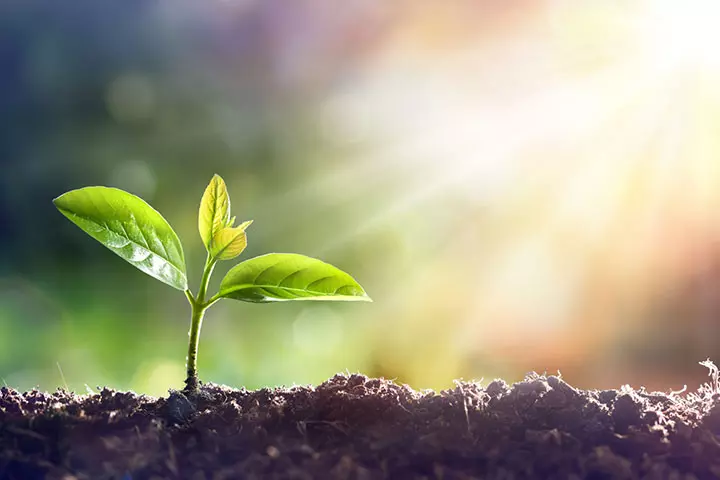
For photosynthesis, plants need three elements:
- Water
- Sunlight
- Carbon dioxide
Once a plant gets these three materials, it starts collecting them.
- Carbon dioxide is absorbed through small pores or holes called stomata in the leaves.
- Water is absorbed by the roots and is passed through the stem on the way to the leaves.
- Sunlight is absorbed by a green chemical called chlorophyll, which is present in the leaves.
 Quick fact
Quick factThe process of photosynthesis takes place in the leaves, which are made of tiny cells. Each cell contains a structure called the chloroplast that has chlorophyll. It is the chemical that gives green color to the leaves.
After absorbing these three elements, leaves use the sunlight’s energy to split water molecules into hydrogen and oxygen. Hydrogen and carbon dioxide combine to form glucose, which is a form of sugar, and oxygen is released into the atmosphere.
There are two phases in photosynthesis—
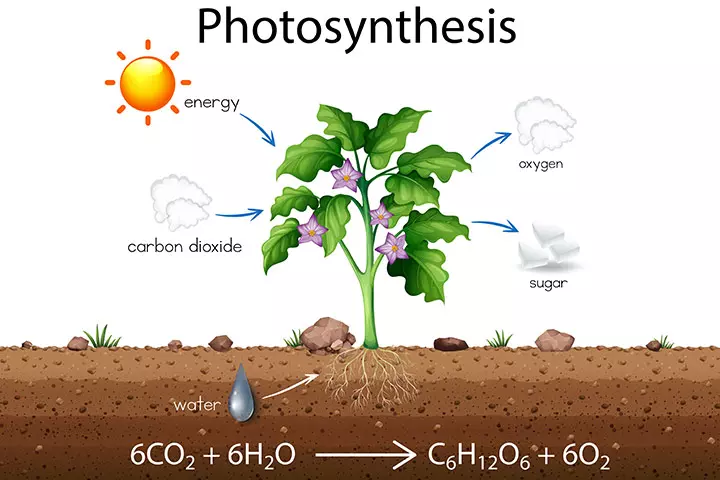
1. Light-dependent reactions
As the name suggests, these reactions can occur only when light is available to the plant. It helps to convert light energy into chemical energy. Chloroplasts capture sunlight and convert it into two forms of energy storage — ATP and NADPH — used to create sugar in the second phase.
2. The Calvin cycle
The phase is named after the scientist Melvin C. Calvin, who discovered this process. In this cycle, reactions can occur even at night. The plant doesn’t require sunlight for this part of the process. This cycle requires ATP and NADPH produced in the light-dependent reactions for preparing glucose.
30 Photosynthesis Facts For Kids
- Photosynthesis enables plants to absorb energy from the sun.
- Glucose is not just a form of energy. Plants use glucose to build starch and cellulose.
- Chlorophyll absorbs blue and red wavelengths of light and reflects green. Hence, leaves appear green to our eyes.
- Algae and some bacteria can also use photosynthesis to create energy.
- There are different molecules in chlorophyll that absorb different colors. Hence, some leaves might appear red, purple, or gold.
- When six molecules of carbon dioxide and six molecules of water come together, they make one molecule of glucose and six molecules of oxygen.
- Cellular respiration is a technique through which the plant turns the energy from the sun into a usable form for both plants and animals.
- Cellular respiration uses oxygen and sugar and releases carbon dioxide and water.
- There is more than one type of photosynthesis. They are aerobic and anaerobic.
- The whole structure of a plant is made to support photosynthesis.
- Most life on earth is dependent on photosynthesis.
 Trivia
Trivia- The stomata release oxygen and water vapor.
- A network of vessels called ‘xylem’ within the stem of a plant enables transporting water from the roots to the leaves.
- Phloem are vessels present in the stem that carry energy from the leaves to other parts of the plant.
- Excess sugar is stored in the roots in the form of starch.
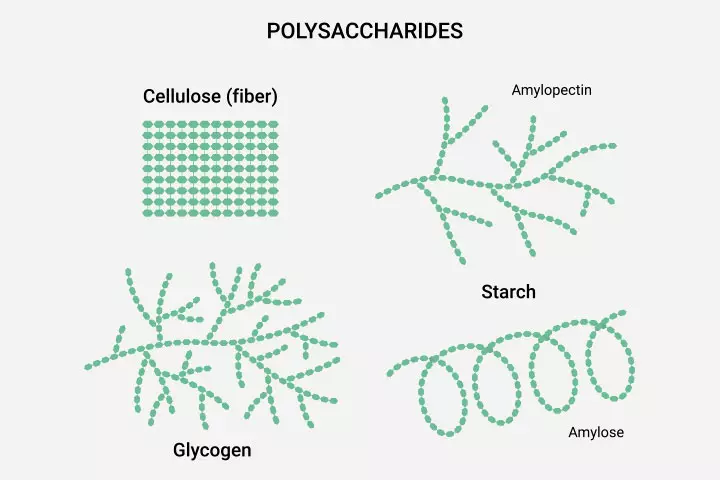
- Carotenoids are red-, yellow-, and orange-colored pigments that absorb blue and green light.
- Phycobilins are red and blue pigments found in algae and cyanobacteria.
- English clergyman and scientist Joseph Priestley first started studying photosynthesis in the early 18th century.
- Dutch physician, Jan Ingenhousz, established the connection between light and photosynthesis.
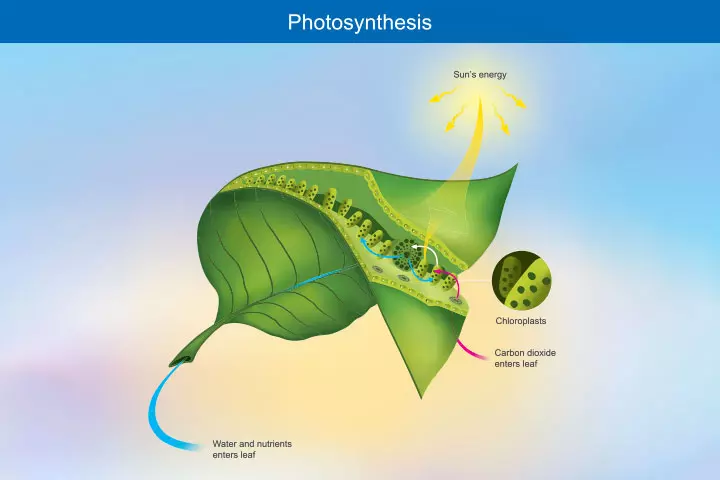
- Thylakoid is a vital structure for photosynthesis. They are stacked into groups called grana. The gaps between grana are called the stroma.
- Photosynthesis has four main steps – carbon fixation, reduction, carbohydrate formation, and regeneration.
- Not all plants can photosynthesize. Some depend on a host to survive.
- The more plants you grow, the fresher air you will get.
- Photosynthesis takes place very quickly – less than 30 seconds.
- When you place a plant in a dark place, it cannot photosynthesize even if you water it regularly. It will die after some days.
 Did you know?
Did you know?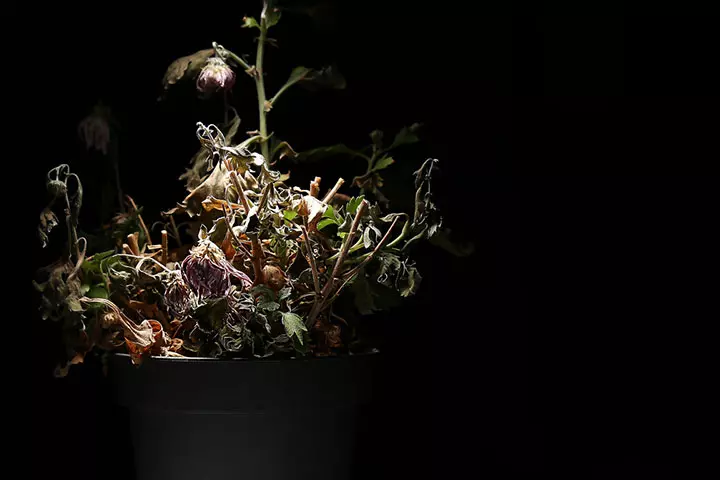
- If you place a plant near a window, the plant automatically leans towards the window. Plants grow towards the source of light.
- Photosynthesis on earth converts 100-115 million tons of carbon into biomass every year.
- Phytoplankton found in oceans produces 70% of the world’s oxygen by photosynthesis.
- Plants turn only 0.1-8% of the sunlight they get into energy.
- The first photosynthetic organism or life originated nearly 3.4 billion years ago.
A Bonus Fact: Photolysis
Photolysis in photosynthesis is a critical process where sunlight splits water molecules into oxygen, hydrogen ions, and electrons. This happens in the chloroplasts of plant cells, specifically within the thylakoid membranes. When sunlight hits the chlorophyll in these membranes, it provides the energy needed for photolysis. The oxygen produced is released into the atmosphere, essential for life on Earth. The hydrogen ions and electrons are then used in other parts of photosynthesis to create energy-rich molecules like ATP and NADPH (1). Photolysis is thus a fundamental step in photosynthesis, contributing to plant energy production and oxygen generation for the planet.
Fun Activities To Learn About Photosynthesis
Engage your children with fun activities to reinforce their understanding of photosynthesis:
- Plant a garden: Grow plants from seeds and observe their growth. Explain how sunlight, water, and carbon dioxide are essential for their survival.
- Sunlight and shadow experiment: Place plants in different light conditions, such as direct sunlight, shade, and darkness. Let children observe plant growth over time to learn about the importance of sunlight.
- Chlorophyll extraction: Boil spinach leaves in rubbing alcohol to extract the chlorophyll. This lets children visualize chlorophyll, making it easier to understand.
- DIY photosynthesis model: Create a simple diagram of the photosynthesis process using colored paper. You may also use materials like colored clay and markers to create a visual model of the photosynthesis process.
- Leaf discs experiment: Use leaf discs and a baking soda solution to demonstrate how leaves produce oxygen. When exposed to light, the discs float as they release oxygen.
Frequently Asked Questions
1. What would happen if there was no photosynthesis?
In the absence of photosynthesis, plants will not be able to make food. This significantly reduces food and organic matter, and most organisms will die. Gaseous oxygen will gradually disappear from the atmosphere.
2. Can plants carry out photosynthesis without the sun?
Plants can carry out photosynthesis using artificial light in grow chambers; however, they grow better in sunlight because it is more intense and contains lights of all wavelengths. Recently, new LED lights have been introduced with wavelength and intensity to support complete plant growth (2).
Apart from this, some plants can grow in extremely low-light conditions because they have special adaptations, such as broad and thin leaves that capture more sunlight (3).
3. How does the temperature affect the process of photosynthesis?
Apparent photosynthesis is believed to decrease with rising temperature. This is influenced by light intensity and oxygen concentration (4). In addition, plants that grow in cold seasons or environments have greater photosynthesis at low temperatures, and plants that grow during the warm season have higher photosynthesis at high temperatures (5).
4. What are some fun activities that teach kids about photosynthesis?
Children can use construction paper and crayons and design a pictorial representation of photosynthesis. Additionally, you may have them compare leaves that are exposed to sunlight and those that are not to demonstrate the effect of sunlight on plants in real time. A photosynthesis role-play can also help them understand the concept by acting as different elements of the process.
The photosynthesis process is an essential part of a plant’s life that can intrigue children. Feed your child’s curious minds with these exciting and engaging photosynthesis facts for kids and bring them a step closer to the plant kingdom. These facts with the photosynthesis diagram also share information about the plant life cycle at large. Sharing these facts with your children can make them aware of how plants survive and strengthen their love for nature. Besides, they can make your child more sensitive towards the environment and other living beings. You can create a photosynthesis activity based on these facts. To further quench their thirst for learning, you may introduce them to interesting facts about plants for kids and facts about the sun for kids.
Infographic: Photosynthesis For Kids At A Glance
Photosynthesis is so essential that we would not have had food without it. This infographic will help children remember the most vital facts about photosynthesis, letting them appreciate this extraordinary phenomenon of nature.
Some thing wrong with infographic shortcode. please verify shortcode syntax
Illustration: Photosynthesis For Kids: Definition Process Diagram & Facts

Image: Stable Diffusion/MomJunction Design Team
Photosynthesis is a crucial phenomenon that enables plants to thrive and survive through various processes. Here is a simple educational video for the children to understand about the process.
References
- Daniel I. Arnon.; (1971); The Light Reactions of Photosynthesis.
https://www.ncbi.nlm.nih.gov/pmc/articles/PMC389550/ - Eva Darko et al.; (2014); Photosynthesis under artificial light: the shift in primary and secondary metabolism.
https://www.ncbi.nlm.nih.gov/pmc/articles/PMC3949401/ - How do plants grow if there’s no sunlight?
https://morgridge.org/blue-sky/how-do-plants-grow-if-theres-no-sunlight/ - Effects of Temperature on Photosynthesis and CO2 Evolution in Light and Darkness by Green Leaves;
https://www.ncbi.nlm.nih.gov/pmc/articles/PMC396144/ - Effects of temperature on photosynthesis;
https://www.encyclopedie-environnement.org/en/life/effects-temperature-on-photosynthesis/
Community Experiences
Join the conversation and become a part of our nurturing community! Share your stories, experiences, and insights to connect with fellow parents.
Read full bio of Beth Sullivan
Read full bio of Bharathi V
Read full bio of Harshita Makvana
Read full bio of Kavita Kankani






